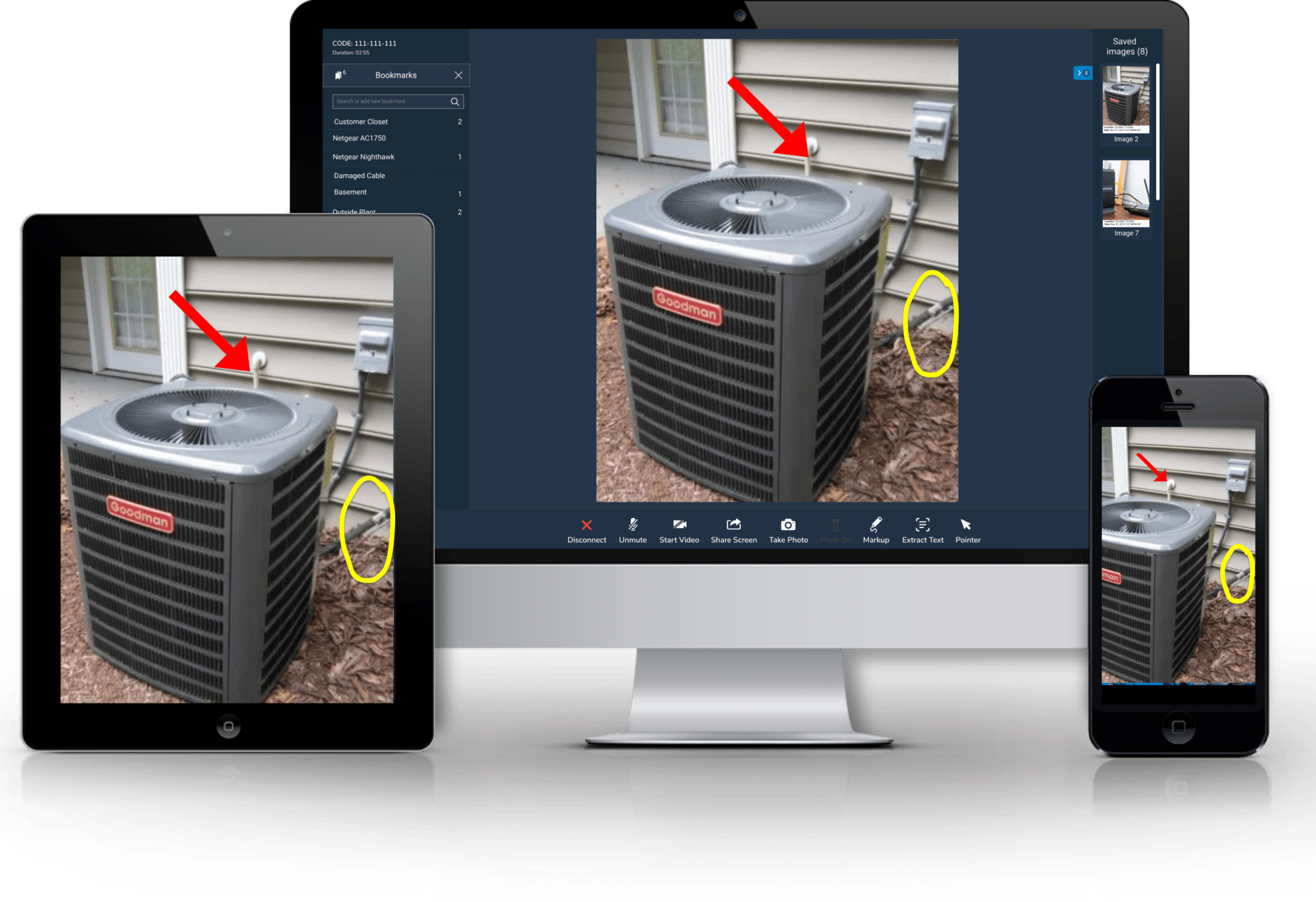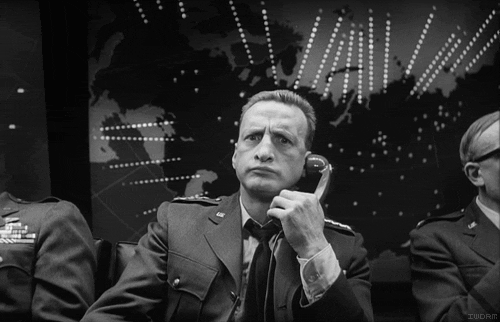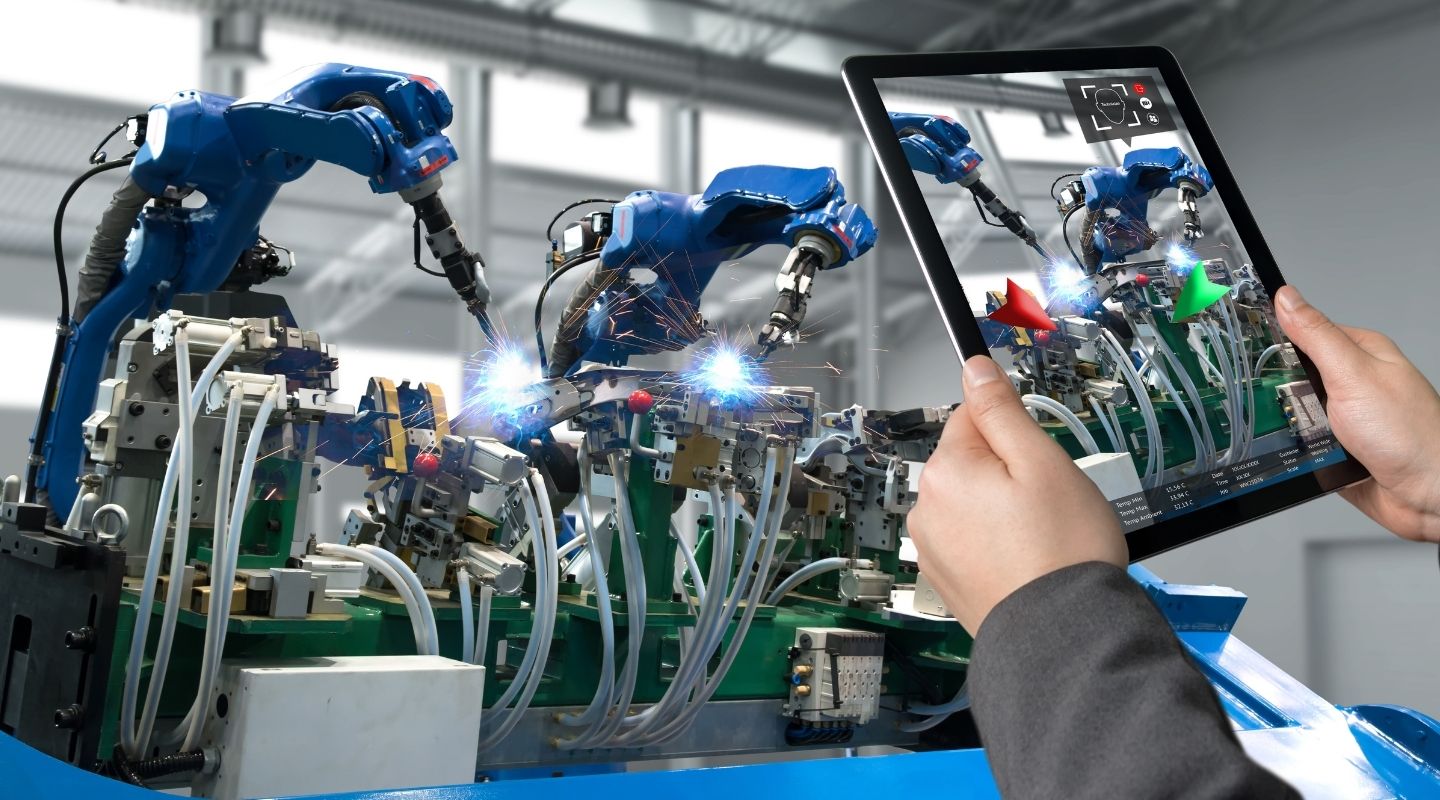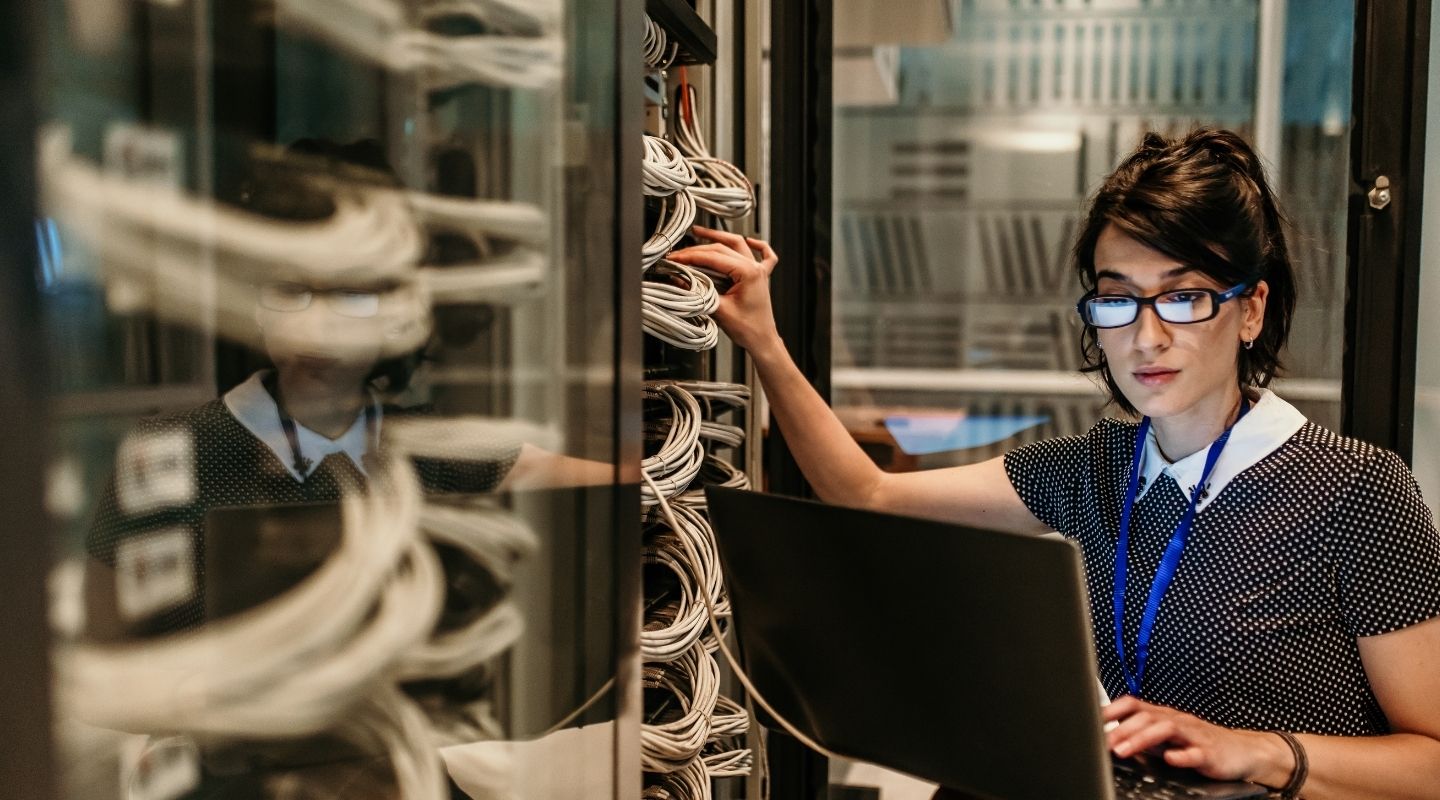Remote Visual Support Apps: 6 Must-Have Features
Being able to support customers remotely is mission-critical in 2021 and beyond. But there are frustrating challenges with remote customer service. Trying to communicate using only verbal cues is difficult, especially when trying to fix a complex problem.
Remote visual support apps can solve those frustrating problems by augmenting voice-based support with video and augmented reality capabilities. But heavy software can create a whole new set of issues for customer service representatives (CSR) and customers alike.
The apps your CSRs use need to be easy to use for both the CSR and the customer and be powerful enough to resolve issues quickly and effectively.
6 Critical Remote Visual Support Apps Features
Suppose you want to provide excellent remote visual support experiences for your customers. In that case, you want to make sure your remote visual support apps include the must-have functionality without being too complex for the ordinary person to master.
Remote visual support is not just video chat, which you can do through Facetime, Skype, or Zoom. When providing support, the visual is just one step up from the voice calls of times gone by. Beyond the video chat, these are some must-have features:
1. Annotation Features

In many cases, verbal cues can be confusing to follow, especially when the problem or equipment you’re supporting is complex. When verbal confusion starts, it can quickly lead to frustration for both the CSR and the customer. The last thing you need in support situations is for either party to lose their patience.
Having annotation capabilities allows the CSR to enhance their verbal directions with visual, on-screen cues.
Imagine Mel Gibson and Danny Glover being able to call in remote support when they had to decide which wire to cut to defuse the bomb and save the cat!
Being able to say “push this button” and circle the correct one to push is a great way to get issues resolved faster. As the old adage goes, “show, don’t tell.” Annotation allows you to do that.
2. No Software Downloads
Technology has advanced at lightning speeds over the last decade. Since the invention of the tablet computer and high-speed cellular data, working remotely has become a mainstay. With cloud technology and cellular connectivity, web-based apps have become very powerful.
Software installs are no longer necessary for the agent or the customer, and life is better for it. There’s no reason for your remote support app to require an additional support call to help the customer get the software ready. And for the customer who has a problem only once every few months (or years), downloading an app can add a lot of friction to the experience.
The best remote visual support apps don’t need to be native apps anymore, and life is better for it. Without complex apps to download, install, and set up, there is little need to troubleshoot devices for compatibility or other software issues.
3. One-Click Invitations
With the right app and no software to install, connecting with a customer remotely is a much simpler process. Being able to send the customer a link through email or text message and have them join your remote video chat for a support session is not just an idea; it’s a reality.
There are some support apps, including Blitzz, that allow CSRs to do just that.
4. AI Text Capture

In many support situations, the CSR needs data to solve an issue. Serial numbers, part numbers, bar codes, QR codes; there are so many instances to list. In times past, on the good old telephone, we had to go through the whole, “B… no not V, B. No, not T… B, as in Bob!” conversations.

With remote visual support apps, the customer can share their camera with a tap. If the app has the intelligence to automatically extract characters, the CSR can instantly and automatically capture and extract that important information.
5. Team Inclusion
Even with new and powerful visual support software, there are still times when other team members need to jump in. When higher-up CSRs need to jump in to lend their expertise, they need to be able to jump into the call with the customer quickly. When managers need to monitor the performance of their CSRs, they need the ability to join silently as an observer. The same goes for new CSRs that need to observe (or be observed) for training purposes.
None of these scenarios should make the app more difficult for the customer, nor should it negatively impact the experience in any way.
6. Data to Enhance Processes and Workflows
The best visual support apps will capture the voice of the customer as well as the support agent’s actions before, during, and after the call. This data is invaluable to companies who gather intelligence to automate delivery based on steps taken for past resolutions.
This data allows CSR departments to create checklists, processes, and recommendations. Artificial intelligence systems can also use this data to increase efficiencies, such as the automatic recognition of a product’s make and model.
Try the Blitzz Remote Visual Support App
There are a lot of remote visual support apps to consider. The most effective way to determine which apps will work best for your organization. We recommend giving the apps a try and considering which ones provide the more powerful features while remaining intuitive and easy to use for both the CSRs and customers.
If you would like to give Blitzz a try, you can jump right into the platform and take it for a test drive. Get an instant (and free) trial account by clicking here.



